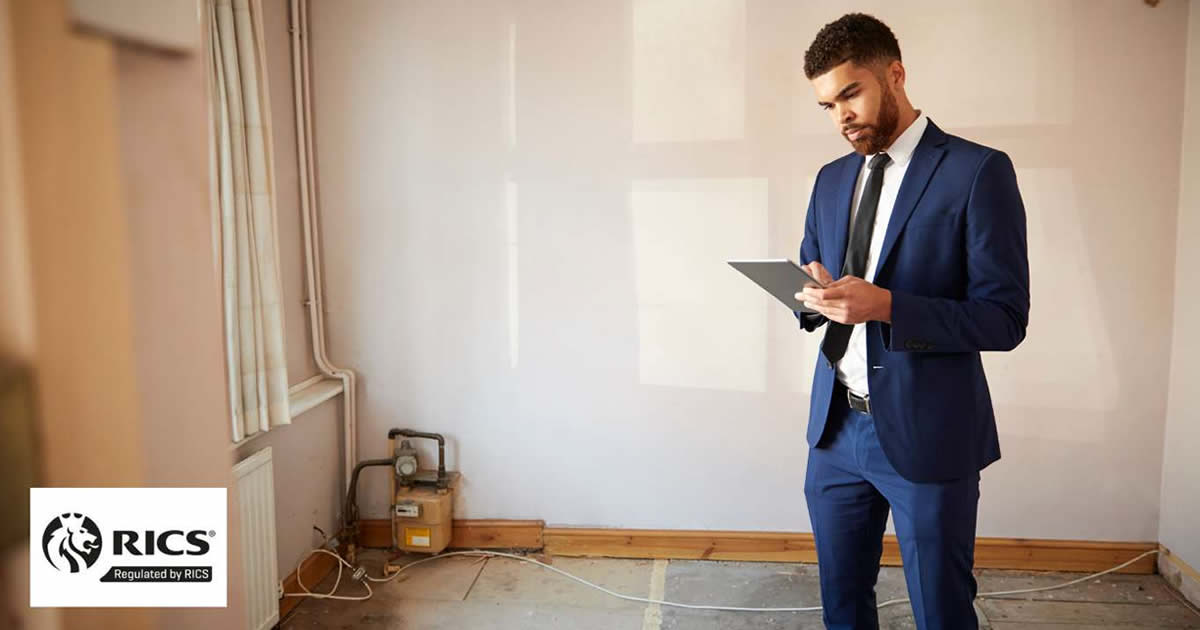
Introduction
Navigating the world of residential surveys can be complex, particularly when it comes to choosing between a Level 2 Home Survey (often referred to as a Homebuyer Report) and a Level 3 Home Survey (commonly known as a Building Survey). For surveyors, understanding the nuances between these two types of surveys as per the current RICS Home Survey Standards is crucial for ensuring clients receive the service that best matches their needs. This blog will detail when each survey type is appropriate, highlight the differences between the two, and outline how the updated RICS standards guide decision-making.
Understanding Level 2 and Level 3 Surveys: The Basics
The RICS Home Survey Standards, introduced in 2021, are designed to ensure clarity, consistency, and a client-centered approach in the surveying process. Level 2 and Level 3 surveys are tailored to meet different levels of investigation and detail, catering to different property conditions and client requirements.
- Level 2 Home Survey: Suitable for properties that are newer or in relatively good condition, where the client wants an accessible, mid-level overview.
- Level 3 Home Survey: Designed for older or more complex properties, where a more thorough inspection and detailed analysis of the structure and potential issues are necessary.
Let’s explore when to recommend each survey type and how their features differ.
Level 2 Home Survey: When to Recommend
A Level 2 Home Survey is ideal in cases where the client needs an intermediate level of inspection. This type of survey offers a more comprehensive look than a Level 1 inspection (Condition Report), but it doesn’t go as in-depth as Level 3.
Typical Situations for Level 2 Survey
- Age and Condition: We recommend for post war but it’s possible to complete a level 2 on anything up to 150 years old (RICS guidance) that appear well-maintained without significant alterations or extensions.
- Standard Construction: Homes constructed using traditional building materials and techniques, without signs of major wear or structural concerns.
- Low Likelihood of Issues: If the property has no obvious defects that need extensive examination—e.g., no visible signs of structural movement, dampness, or deterioration—a Level 2 is usually sufficient.
- Client’s Needs: Clients who want to understand the general condition and maintenance requirements of a property, along with an assessment of major visible defects, will benefit from a Level 2 survey. It gives a concise evaluation, including an overall condition rating, and advice on defects that might need attention.
Key Features of a Level 2 Survey
- Visual Inspection: The surveyor will undertake a thorough visual inspection of accessible parts of the property.
- Condition Ratings: The report provides condition ratings (1, 2, or 3) for different elements of the building, making it easy for clients to understand.
- Less Invasive: There is no movement of furniture, lifting of floorboards, or intrusive investigations beyond what’s accessible during a non-invasive inspection.
- Basic Guidance: Offers basic advice on maintenance and repairs but stops short of providing in-depth remedial actions or cost estimates.
Level 3 Home Survey: When to Recommend
A Level 3 Home Survey is the most comprehensive option available under RICS Home Survey Standards. It is tailored for situations where the property is likely to have defects that need a deeper investigation or where the client requires more comprehensive insights.
Typical Situations for Level 3 Survey
- Age and Complexity: Older properties (typically pre war) or those with unique characteristics, such as historical homes, listed buildings, or properties with unconventional materials or construction methods.
- Significant Alterations: Homes that have undergone extensive renovations, extensions, or alterations, particularly if the changes may have impacted the structural integrity.
- Signs of Damage: Properties that exhibit visible signs of significant issues—such as cracks, signs of subsidence, pervasive damp, timber decay, or other apparent structural defects—will benefit from the more exhaustive investigation offered by a Level 3 survey.
- High Client Concern: Clients with concerns about potential risks or defects, or those planning major renovation works, often require the detail provided by a Level 3 report.
Key Features of a Level 3 Survey
- In-Depth Analysis: A Level 3 survey includes a detailed visual inspection of all accessible areas of the property, with the surveyor doing their best to inspect less accessible parts (e.g., the roof space). Only if these are not secured, the surveyor may lift floor coverings, move light furniture, and inspect under floorboards, where possible.
- Extensive Report: The report covers not only the current condition but also outlines defects, their likely causes, and gives recommendations for remedial works.
- Tailored Advice: Offers extensive advice on necessary repairs, including potential consequences of not addressing issues and advice on priority areas. For more significant defects, the survey may also suggest obtaining specialist assessments.
- Future Considerations: The Level 3 report often includes insight into ongoing maintenance needs and the long-term performance of the building materials or structural features.
Key Differences: Level 2 vs. Level 3 Surveys
To help decide between a Level 2 and Level 3 survey, both of which are non intrusive, consider the following differences, guided by the updated RICS standards:
- Depth of Investigation:
- Level 2: A mid-level, non-intrusive survey with a focus on visible defects.
- Level 3: A highly detailed, often intrusive survey with an emphasis on uncovering hidden issues and providing extensive advice.
- Type of Property:
- Level 2: Suitable for conventional, relatively modern homes that are in good condition.
- Level 3: Recommended for older, larger, or altered properties, or where significant issues are suspected.
- Client Expectations:
- Level 2: Provides a general understanding of condition and guidance on defects. A good option for buyers who need peace of mind but not exhaustive detail.
- Level 3: Offers a deep dive into the property’s condition, including future maintenance advice and detailed repair guidance, making it suitable for buyers who need in-depth insights.
- Advice and Reporting Style:
- Level 2: The report format is more structured and summarized, aimed at giving an overview of the property’s condition with ratings.
- Level 3: The report is detailed, written in a more descriptive manner, and includes specific technical advice about repairs and maintenance.
Deciding Factors for Surveyors
Surveyors must prioritize client requirements and the property’s specific needs. The decision between a Level 2 and Level 3 survey should be based on:
- The complexity and age of the property.
- The client’s level of concern regarding defects or the property’s history.
- The intended use of the property, particularly if renovations are planned.
- Any visible issues that warrant closer examination.
The RICS Home Survey Standards emphasize a consultative approach with clients. Surveyors are encouraged to communicate clearly about which level of service best fits their client’s requirements, ensuring they understand the depth and limitations of each survey type.
Conclusion
Choosing between a Level 2 and Level 3 Home Survey is all about context—matching the property’s characteristics and condition with the client’s needs and concerns. As a surveyor, understanding the differences and using the RICS Home Survey Standards to guide your recommendation will ensure that clients receive a tailored, effective service that provides them with a comprehensive understanding of their potential investment.
By providing the appropriate survey type, you help safeguard clients’ investments and contribute to their long-term property satisfaction, demonstrating the real value of professional surveying services.

















 Book a Demo
Book a Demo